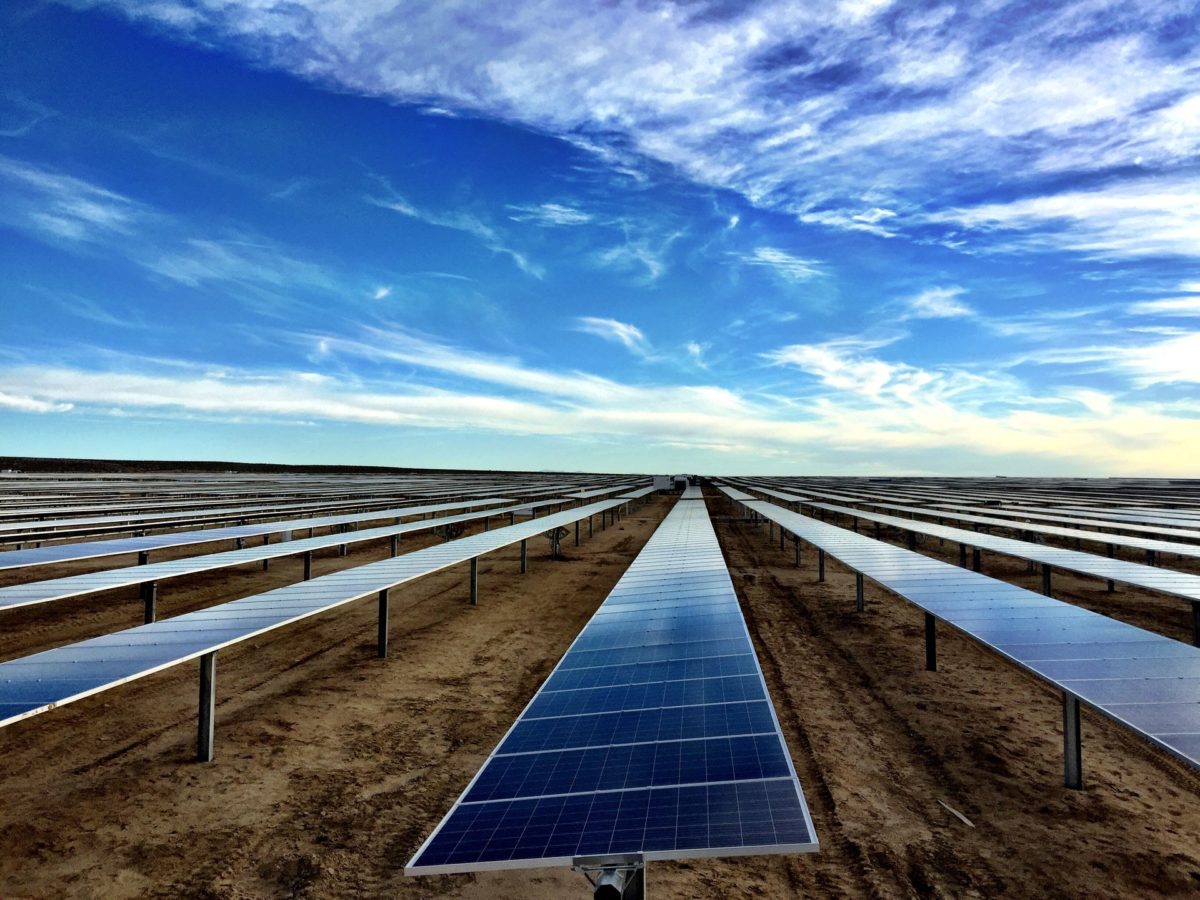In 2016, The University of Texas at Austin’s Energy Institute, took on the task of developing, “an interdisciplinary initiative to identify and quantify the full-system cost of electric power generation and delivery – from the power plant to the wall socket – to inform public policy discourse with comprehensive, rigorous and impartial analysis.”
That led to the development and release of a series of complementary research documents called the Full Cost of Electricity in December of 2016. On October 25, this was was refreshed to reflect today’s reality – finding that wind, solar and gas are the cheapest sources of electricity nationwide, and that because of updated information – solar now is also the cheapest in more eastern and northern regions.

Joshua Rhodes, a research affiliate at the Energy Institute and lead author of the paper:
The new maps present a more accurate reflection of current market conditions, including revised prices that indicate the cost of various generating technologies.
Wind again proved to be the option with the lowest cost, on a levelized basis, for a broad swath of the country from the High Plains, the Midwest and Texas, and even portions of the Northeast. Solar power is the cheapest technology in much of the Southwest, and, based on updated data, also in the eastern and northern regions of the United States. Natural gas prevailed for much of the rest of the country.
The package of analysis though isn’t just to show off a pretty screen shot – it is to be integrated into the decision making processes of the United States and puts across a wide range of tools for policy makers to use. This aligns with other groups doing similar work in renewable energy policy:
- Interstate Renewable Energy Council (IREC) released the 2018 version of its National Shared Renewables Scorecard for the purpose of the project of sharing the experiences of implemented “shared renewable” programs across the United States among policy makers.
- Wind Solar Alliance has launched itself as a new group, and has put forth a report, Corporate Renewable Procurement and Transmission Planning: Communicating Demand to RTOs Necessary to secure future Procurement Options, whose purpose is to educate corporations on how to push politicians.
One note in the report on integrating high amounts of residential solar power, was that the upgrades needed to make distributed PV an asset on the grid are in fact quite cheap:
we calculate the investment required to increase hosting capacity on a $/W basis. Increasing the number of tap change operations at the substation transformer increased the hosting capacity by 5.4 MW (~ 30% of peak load) at a cost of $0.0007/W [1]. Replacing 10% of solar inverters with smart inverters increased hosting capacity by an additional 3.7 MW (~20%) at a cost of $0.06/W [1]. And replacing an additional 20% of solar inverters with smart inverters increased hosting capacity by an additional 1.6 MW (~ 10%) at a cost of $0.3/W [1]. All of these costs are at least an order of magnitude less than the typical 2014 cost for a residential rooftop photovoltaic system of approximately $3/W [4].
This content is protected by copyright and may not be reused. If you want to cooperate with us and would like to reuse some of our content, please contact: editors@pv-magazine.com.








It would be interesting to see a time lapse over the last 5-10 years of how this map has changed (although I know there are only two versions of the map – 2016 and 2018).
Or even just to know what changed between the two versions – how much more area solar PV is cheaper in now than in 2016, how much area NG has given up in those two years, etc
They have the tool online, if you have the data, you can plug it in and see the evolution.
[Replacing 10% of solar inverters with smart inverters increased hosting capacity by an additional 3.7 MW (~20%) at a cost of $0.06/W [1]. And replacing an additional 20% of solar inverters with smart inverters increased hosting capacity by an additional 1.6 MW (~ 10%) at a cost of $0.3/W [1].] So, should we assume that the MLPE they are referring to is Enphase Energy’s IQ microinverters?!?! Can’t wait for Enphase Energy’s IQ8 microgrid.